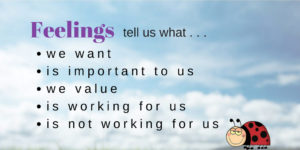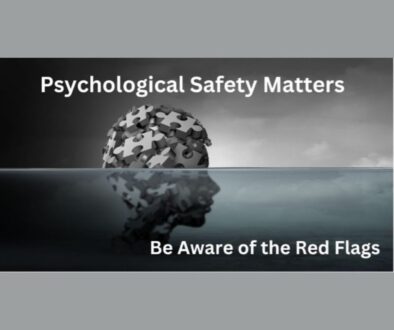How to Relieve Deep Emotional Pain

Emotional pain showed up years ago at a therapy training session. Those feelings hijacked my focus. When I approached the trainer in a distraught state she looked at me and said, “You do know how to self-regulate, don’t you?”
The training content reminded me of something I had done long ago that I regretted and not forgiven myself. While my feelings told me a whole lot about who I was in that moment, they weren’t helpful in behaving appropriately for the occasion.
We need our fine brains and observation skills to figure out our external life. But we also need to clue into our emotions and share our feelings. Feelings are the words we use to communicate our emotions. Emotions are the more primal and instinctive reactions, while feelings are the conscious and reflective responses.
Emotions Are Felt in Your Body
Emotions are the physical, muscular, and nervous system states experienced in response to external experiences, espccially signals of physical or emotional danger. Think about noticing e-motion or sensations of tightening in the jaw, throat or stomach, increased heart rate and breathing, flushing of face or ears, rumbling in the stomach, or fidgeting fingers or toes.
We all have the ability to feel emotions but we each feel differently about different aspects of life. My hubby feels excited and energized just thinking about wilderness canoeing while I feel disgruntled and bored at the thought of the isolation. I feel excited and energized just thinking of attending a personal growth retreat while he feels flat.
The Paradox of Feelings
Once you are in a emotional state, it does not work to:
- critically beat yourself up
- dismiss the feeling or,
- push it into your pantyhose.
Acknowledge Feelings
Your emotional response will actually increase if not acknowledged. Have you ever been told, “Don’t cry!” and then the tears burst? While it is useful to challenge critical thoughts, feelings only calm once they are:
- felt
- experienced and,
- probably shared.
When You Are in a High Feeling State
Any time we are in a high-feeling state, our ability to think clearly is minimized. Imagine encountering a mama grizzly bear. You would probably tell yourself, “Darn! I could die!”
- Your muscles contract
- your heart rate accelerates and
- adrenaline kicks in.
You are in high alert, high fear. But it doesn’t take a bear to create this reaction. You might feel dread of a co-worker’s or manager’s feedback.
Once the trigger is pulled, it requires awareness and self care to bring yourself to a neutral and rational state. Feel the emotion by noticing your breath and calm yourself while remembering you’re a grown up with choices. By doing so the energy or sensation in the emotional response actually lets go. Pushing away or ignoring emotions does not work.
The body can actually break down or at least cause physical pain if the emotion is pushed away or stuffed.
Sounds complicated? It can be. Accessing four or more counselling sessions can help turn understanding our emotions into an understandable experience.
Six Steps to Relieve Emotional Pain
In the meantime, here are six steps to follow if you become triggered by events and feel overwhelmed:
One: Accept the feeling as it is. Take deep breaths. Notice the emotion (sensation) in your body. It’s optional if you name the feeling such as sad or hurt.
Two: Notice how old you feel. Breathe some more.
Three: Tell yourself, “It is only a feeling. It will pass.”
Once you feel calm and your brain is able to function:
Four: Decide if this strong feeling was sparked by old programming and negative self-talk.
Five: Notice what thought or belief is behind the feeling. Is it appropriate to the situation? Is it true? Is it more of a judgment or assumption than an observation of facts
Six: Use your problem-solving brain to decide if action is required.
The basic five feelings are sad, hurt, afraid, angry and happy. Some experts add disgust and surprised to the list. Feelings have a range of weak to strong energy with dozens of words to describe them. Emotions describe the state of our body with words such as down, tight, deflated, empty, uneasy, agitated, up, energized, pumped or high.
Learn to describe your feelings and emotions. Doing so will help you relieve your emotional pain, plus understand, embrace, and come back to the center of you.




